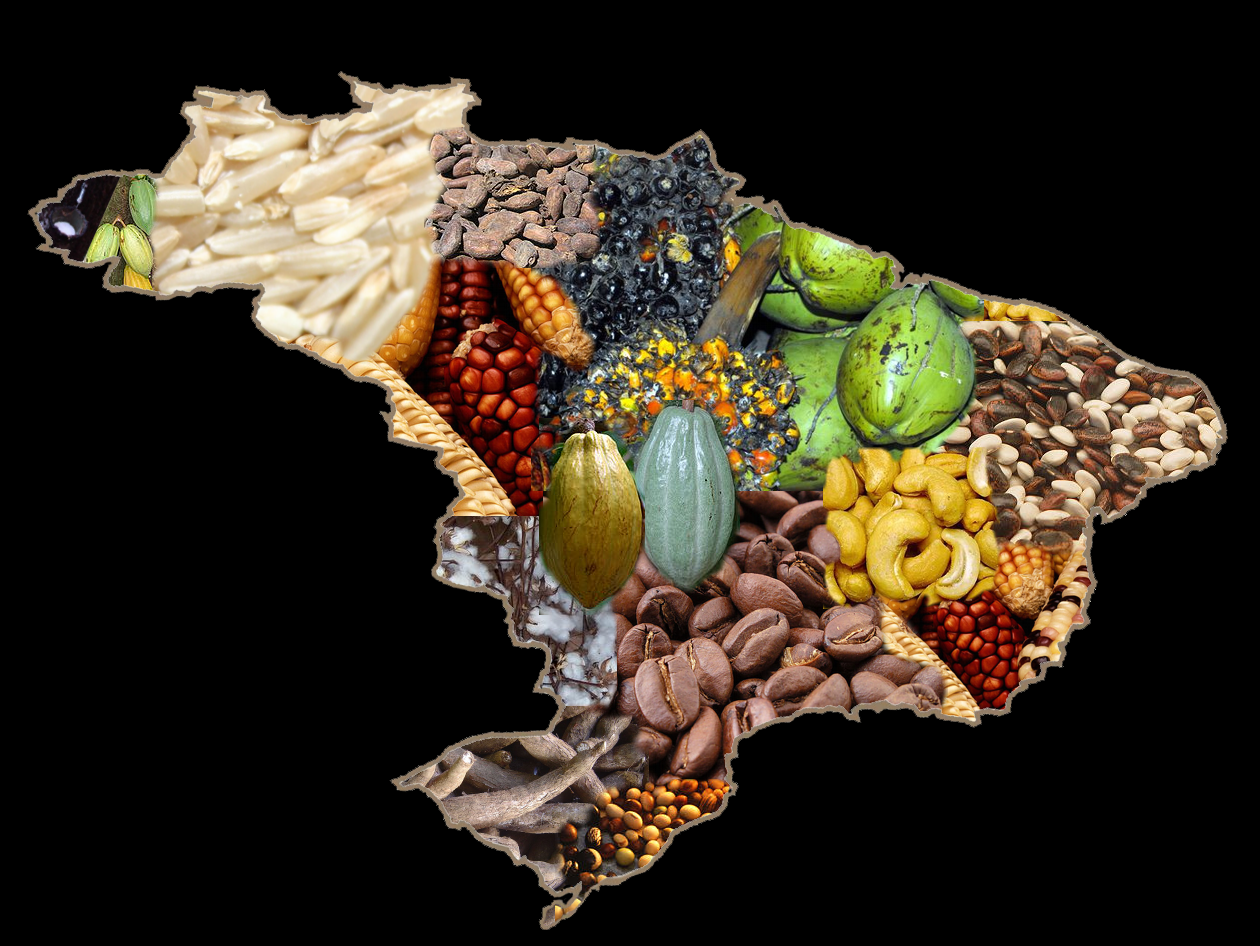RIO DE JANEIRO, BRAZIL – According to estimates by the Brazilian Ministry of Agriculture, revenues from this sector are expected to exceed 1 trillion reais (US$200 billion) this year, about 10% more than in 2020. It is the first time that revenues from agriculture and livestock have reached this level, which has almost trebled in two decades.
According to CONAB, the National Supply Company, soybean production, the country’s flagship crop, is expected to reach a record 136 million tons. In exports alone, Brazil is expected to reach US$120 billion – another historic mark – up 20% from 2020.

The field’s performance results from a combination of new productivity levels, high prices on the international market, and increased production. This will increase the share of agriculture and livestock in the Brazilian economy.
The sector’s output is expected to account for more than 8% of the country’s GDP this year, up from 7% last year. If we consider the entire agribusiness chain, including agribusiness and related services, this percentage should increase to 26%.
Worldwide, agriculture accounts for 6.4% of the total economy, in China for 7.9%, in the EU for 1.6%, and in the USA for 0.9%, with a downward trend. Brazil is therefore developing in exactly the opposite direction to the global trend.
“On average, agribusiness productivity grows 3% per year, with investments in new technologies and research, usually carried out by the public sector, leading to better seeds and other innovations,” says economist José Garcia Gasques, general coordinator of policy evaluation and information for the Ministry of Agriculture’s Secretariat of Agricultural Policy.
“This is something fundamental to the growth of the sector, which has also anticipated an increase in international prices.”
With the global advance of vaccination, countries such as China and the United States have rekindled the demand for products such as meat, milk, eggs, and grains used to feed livestock. The immediate result has been a spike in product prices after stagnating during the pandemic’s worst period. According to the World Bank, prices for food products such as soybeans have risen more than 20% in the past 12 months, more than beef and coffee prices.
In July, Brazilian beef, pork, and chicken export revenues surpassed the US$2 billion mark for the first time, increasing nearly 10% in volume shipped and 24% in prices. “We are producing more and better, which is benefiting our sector at this time of increasing demand for food,” says Ricardo Santin, president of the Brazilian Animal Protein Association (ABPA).
In the first half of the year, a total of 2.1 million tons of chicken meat were sold abroad, another record and 6% more than in the same period of 2020. Exports of fresh eggs made an even bigger jump: a 145% increase compared to the first half of last year, according to ABPA. “We have everything to end the year with the best results in the history of the sector,” Santin says.
CHALLENGES
As for the climate problem, hopes are pinned on new, more weather-resistant varieties that Embrapa and other institutions have developed. Climate change remains a concern, however, as does the lack of connectivity on the ground. Biological inputs also play an important role in this scenario.
“This type of product is increasingly in demand because growers have realized that it not only contributes to sustainability but also allows for better anchoring of the plant in the soil,” explains Fabio Mutta, technical director of AgroGalaxy Technology Center, a company that produces seeds and distributes agricultural inputs.
According to a survey conducted by consulting firm McKinsey, 57% of farmers already use natural fertilization methods. Another 47% intend to report more efficiently on their environmental impact in the field, according to a PwC study. “A large proportion of rural producers have already realized that without investing in sustainability, it is more difficult to continue growing,” says Mauricio Moraes, agribusiness leader at PwC.
Connected agriculture
Bringing the Internet to rural areas is another key challenge. According to the Ministry of Agriculture, less than 25% of rural areas have signal coverage today. The 5G auction, scheduled for October 2021, is expected to help change that reality.
“In the public notice, it is provided that operators who obtain concessions in the main towns will have to offer 4G in small towns,” says Sibelle de Andrade Silva, director of innovation promotion in agriculture and livestock at the Ministry of Agriculture’s Secretariat of Innovation, Rural Development and Irrigation.
In areas reached by 5G, it will be possible to operate autonomous machines, drones connected to sensors that provide real-time information on pests in crops, and other solutions to improve the management and efficiency of agribusiness.
Pilot projects developed by the Ministry of Agriculture with operators such as TIM are already testing 5G in the field. The ministry estimates that agribusiness GDP should increase by 20% with improved connectivity in the next few years.
On the other hand, the intensive use of consolidated technologies and the mass adoption of innovations are changing the daily lives of farms. Livestock producers already make extensive use of sensors placed in animals’ ears to measure a range of health parameters, such as body temperature and heartbeat.
On farms, similar technology is used to check everything, from changes in airflow that could harm poultry to daily feed and water intake. In agriculture, probes in the soil connected to sensors capture data such as nutrient deficiencies and potential crop vulnerabilities. “It’s innovations like these that enable the continuous increase in productivity of Brazilian agriculture,” Gasques says.

